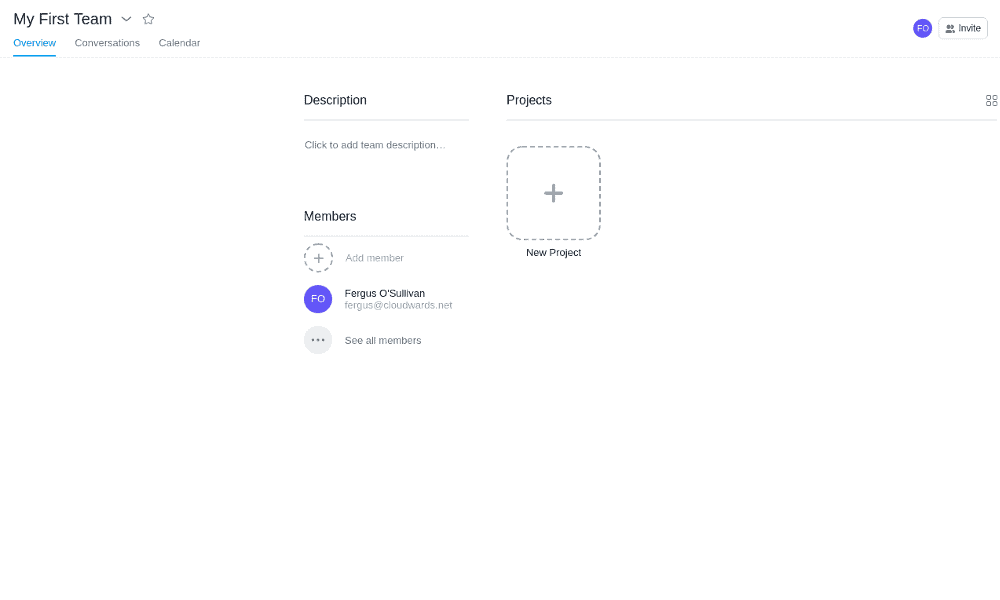
Field names must be 128 or fewer Unicode characters. Field names must be unique within the account/project collection. Make sure your field names fall within these guidelines: Field namesĪ work item field name uniquely identifies each work item field. Values you assign to a field are stored in the work tracking data store which you can create queries to determine status and trends.įor descriptions and usage of each field defined for the core system processes- Agile, Basic, Scrum, and CMMI processes-see Work item field index. You use work items to plan and track your project.Įach field supports tracking a piece of information about the work to perform. What is a field? How are field names used?Įach work item type is associated with 31 system fields and several more type-specific fields. For an overview of WITs and work items, see Track work with user stories, issues, bugs, features, and epics. Once defined, the reference name cannot be changed.įor a description of each field attribute and how you can list them, see Field attributes and List field attributes later in this article.  Reference name: Specifies the name that you use when creating WIQL query or an improvised work item template, using REST API commands, or defining XML work item type definitions.
Reference name: Specifies the name that you use when creating WIQL query or an improvised work item template, using REST API commands, or defining XML work item type definitions. 
This name may differ from the name displayed on the work item form.
Friendly name: Specifies the name assigned to the field and that you select for a Field in a query clause. For descriptions of each data type, see Query fields, operators, and macros. Data type: Specifies the type of data that can be entered into the field, such as Boolean, Double, Integer, HTML, and String. Each field is associated with a number of attributes, many of which are set by the system and cannot be changed.Įach field is defined by the following three attributes. Only supported for default processes (Agile, CMMI, Scrum).Įach work item type specifies the fields defined for the work items that reference that type. Web portal: List inherited and custom-defined fields For an index of fields defined within the default processes, see Work item field index. To list or review fields, you can use one of the following tools, depending on the process model-Inheritance, Hosted XML, or On-premises XML-you use. To view the fields defined for an organization or collection, you must be a member of the Project Collection Valid Users application group or have the View instance-level information permission set to Allow for the organization or collection. To view all fields defined for a collection, you can use the Work Item Field Explorer tool, a plug-in to Visual Studio.įor a description of each field defined with a system process, see Work item field index. Fields are defined for a collection and shared across all projects defined for that collection. one important thing in the start for your team will definitely be to teach them the basics (Asana offers great guides) and especially show them the advantages of using Asana vs spreadsheets.īecause then I am sure one or the other team member will also start approaching you with some nice ideas.Work item fields are used to track information. It is all a process but I am sure all will turn out nicely In general I‘d like to say don‘t stress yourself, you habe to start somewhere and then improve along the way You can find a lot more templates on Templana. Here is one template not sure if that fits your purpose: Video Production Calendar in Asana | Product guide Not sure my ideas might sound a bit confusing, it is just difficult to help you prepare your ideal set-up with only basic insight into how all should work. Or if special requisites are required you could have a field also so once the team member completes his/her task and has all prepared the subtask assigned to this person can be marked complete this person selects „yes“ in the field which then triggers another rule. Let‘s say for example first a specific person needs to come up with an idea for the next filming, then once she is done she would select the relevant custom fields such as „Input from Person A required“ with options „Yes“ and „No“ and depending on what is selected a rule can then trigger various actions. You might wanna use sections/columns as stages to move each filming project across.Īnd you can set up various custom fields depending on what you would like to filter or for what you want to set up. Now in terms of ideal set up this will surely require some amending on the go once you figure out exactly how things work well and where are flaws to be fixed. The workload might in come handy as well for you: Asana Workload - Manage Team Capacity and Rebalance Work You can always multihome tasks in case you need to see them in another project also. Hey the availability you might wanna have one project where the team blocks off dates.








